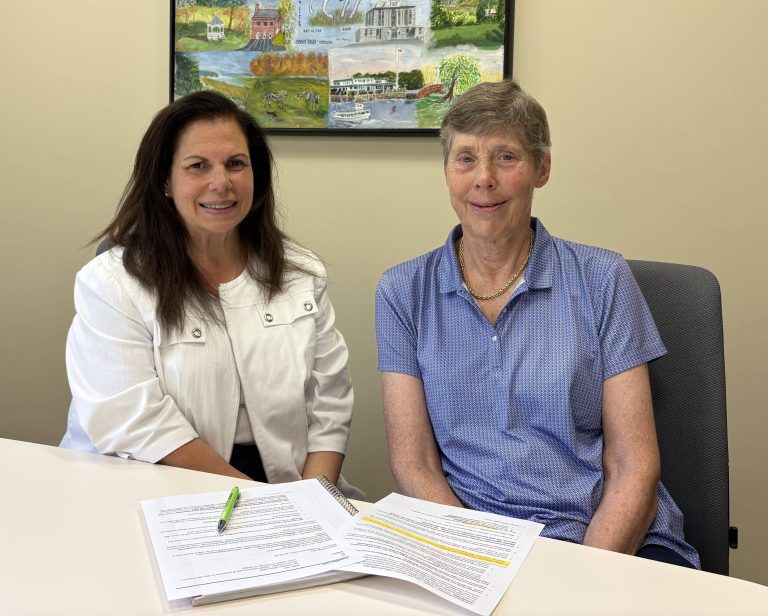

By: Shea Coughlin
My passion for environmentalism can be traced to a visit my family had from our neighborhood bear. This particular black bear, most likely hungry from a long hibernation ravaged our trash bins one dewy April morning. The contents of those bins were not supposed to be seen again, yet there I was, reexamining each item as I cleaned up the trash scattered on the street. That moment was the first concrete visualization I had of how much trash my family and I make, along with the realization that it doesn’t ever really go away. It is simply out of sight and, therefore, out of mind.
This realization propelled me headfirst into sustainable living. I ditched plastic straws, learned how to compost, and began swapping my products with more eco-friendly alternatives. Now, after years of practice, I hear over and over from friends and family “Wow! That is so amazing, I could never do that.” But the truth is that everyone starts as a beginner and any step, no matter how small, is a step in the right direction. This is what inspired me to begin sharing easy, affordable methods of living sustainably via Instagram, YouTube, and now, here in the Sentinel.
When people ask me what the best first step to living sustainably is, they are often surprised to hear me say “Just notice the plastic where it is and isn’t.” It almost seems too simple, but it is a fantastic place to start. In contrast to reducing energy consumption, or shopping ethically, paying attention to the single-use plastics in your life is a very concrete concept. There is no guesswork involved, a product either has plastic, or it does not. Cultivating an awareness of single-use items is not only the easiest and least expensive but also the most effective way to begin buying less of them.
Though some plastics are recyclable, they are generally not a good choice for our environment. Even the hardiest of plastics have a limited number of times they can be recycled before losing their structural integrity. This means that one way or another, they end up in a landfill, where they take on average, 450 years to decompose. Compare this with paper, glass, and aluminum, all of which can be recycled an infinite amount of times and break down much faster. However, most people have become desensitized to the sheer volume of plastic that enters and exits their homes every day. This is why reestablishing awareness is such a crucial place to begin. Just as in meditation, you cannot clear your mind without first acknowledging the thoughts that are there.
Try this the next time you go grocery shopping. Notice as you walk through the store what single-use plastics are in your shopping cart. There is no need to judge yourself or even try to change your buying habits just yet. Simply notice the plastic that goes in. If you buy something not packaged in plastic, notice that too. Notice how it makes you feel. As you begin to practice this more, it will feel a bit like a game. Notice a different salad dressing packaged in glass versus plastic? That is a win. Notice the glorious unpackaged head of lettuce sitting right next to the plastic box of mixed greens? That is a win too. Notice you have always bought canned beans and olives? That is also a win. These little wins will add up over time, often without you even realizing it. Then you can start making eco-friendly substitutions when you notice a better option.
This mindset of awareness is incredibly valuable because it can be applied to any aspect of your life, and it helps remove the element of self-judgment that so often comes with trying to reduce your carbon footprint. It puts you, as the consumer, back in the driver’s seat, and ultimately, helps you find the eco-friendly alternatives that were always there, just waiting to be seen.




